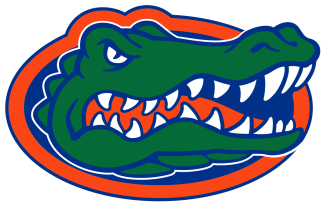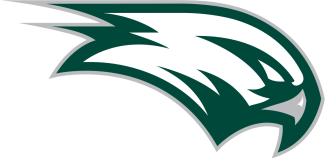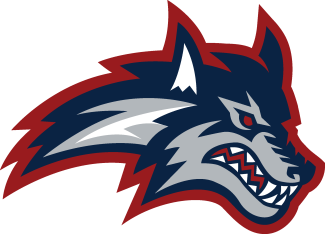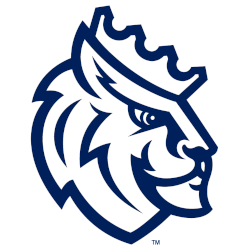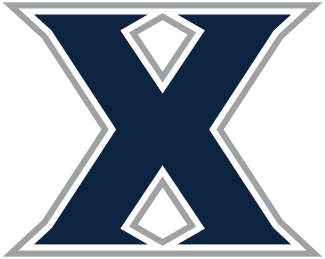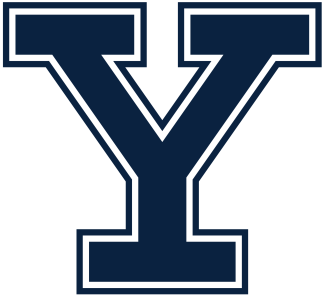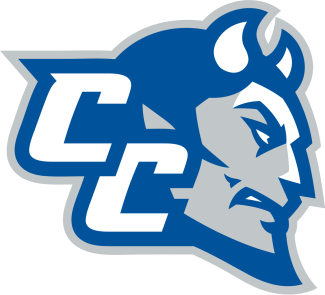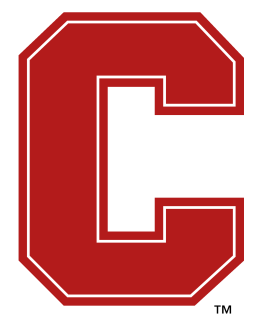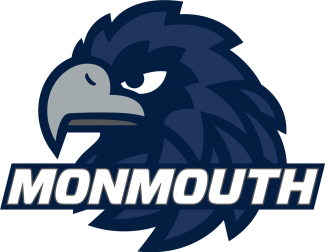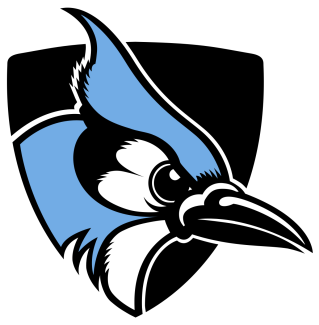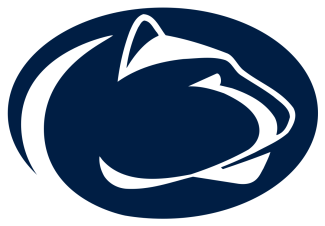Hall was one of three goalies that made the 23-player training roster after the Team USA Spring Premiere in January. None of them have traditional lacrosse upbringings.
Madison Doucette grew up in Kansas City before moving to Unionville, Pa., switching from field to goalie as a freshman while also starring in ice hockey.
Kimber Hower hails from Utah. She grew up playing boys’ lacrosse, played club outside the state and graduated high school one year early to redshirt at North Carolina and train at a higher level.
“We’re setting a trend for where we live, that it is possible,” Hower said. “It’s not way out of the box like most people think.”
Hower wouldn’t have tried out for the U.S. team last summer if her North Carolina coaches didn’t encourage her. She had to send in a video since so few coaches had seen her play.
“I wasn’t an Under Armour All-American,” she said. “I didn’t have any accolades whatsoever. I was just going in to have fun and play my best, and it just worked out.”
Hall, a self-described underdog, moved to Houston from Niskayuna, N.Y. — hometown of U.S. senior team standout Kayla Treanor — when she was 11.
“It’s a lot different,” Hall said. “The biggest difference is the athletes. In upstate New York, their lacrosse IQ is a lot higher. In Texas, the kids are a little more athletic. It’s definitely a different style. I like the style of play down there, and the lacrosse IQ I got from New York helped me when I moved down there.”
Hall further adds to the diversity by playing at Oregon, where she led the country in saves as a freshman.
Scane and Neumen would be the first players from Michigan to make a U.S. women’s team.
Hower might be the first ever to try out from Utah.
“It’s awesome that there’s a lot of girls from not traditional lacrosse areas,” Scane said. “It’s great that some areas that usually wouldn’t be represented are getting a chance to play for our country.”
Scane, Carney and Charlie Rudy, an under-recruited Californian who will be a sophomore at Colorado, were added back into the national team pool before Spring Premiere based on their play as collegiate freshmen after they had been cut at tryouts last August.
“Playing at the high level that they’re playing at and playing against college seniors shows they’re capable of doing a lot and they’re impactful,” McMahon said. “It’s a little different situation when you’re analyzing a college player’s experience from a high school player’s experience. They really had a good fall and spring. We do our due diligence. At the end of the day, we want the best players.”
For the first time in program history, college players are eligible to play for the U.S. U19 team. But that’s only part of the picture of building the most geographically diverse collection of talent in national team history.
“You have people from all over,” Hall said. “We all play a little different style, but can all come together to play one style under the U.S. team and hopefully bring home the gold.”

